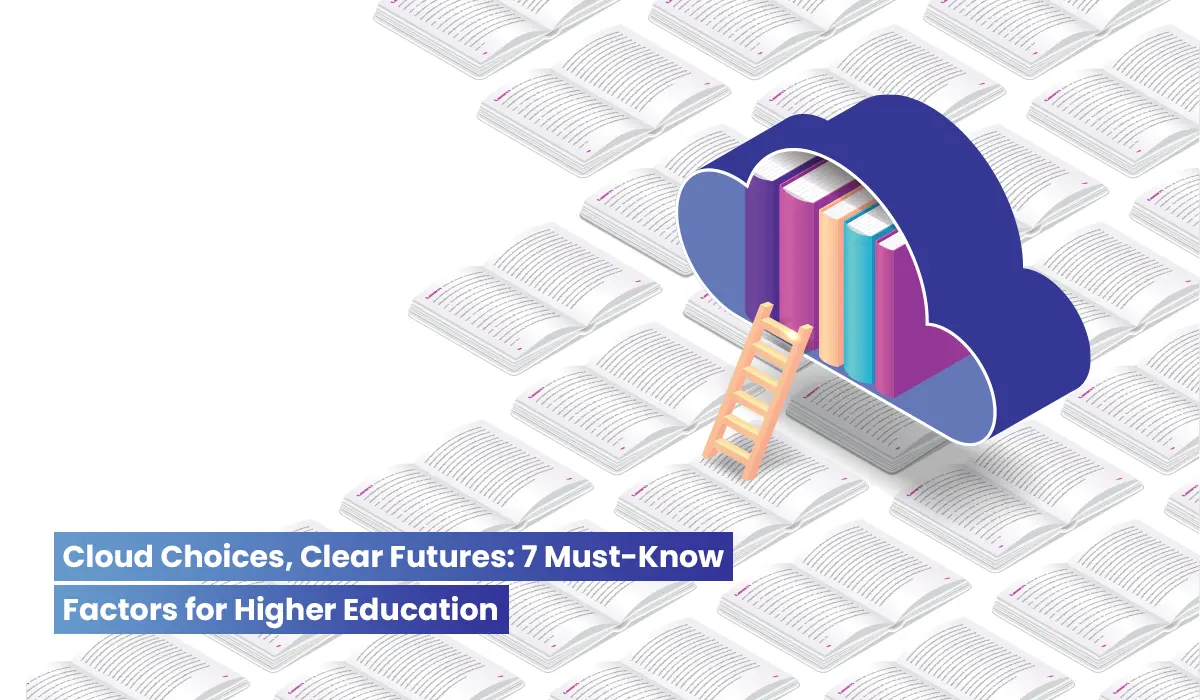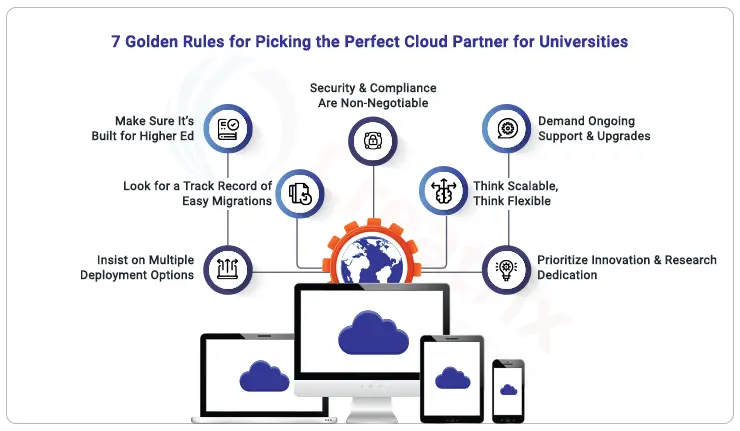Nudging systems are low-cost, simple mechanisms colleges can deploy to ensure students stay on track with enrollment. They can have a long-term impact on student success, creating socioeconomic mobility and closing equity gaps for students from historically marginalized backgrounds. But how does a college create effective nudging measures to enhance student success?
The nonprofit group ideas42 conducted a field review of available research on educational nudging and its impact on student outcomes and identified promising practices in an April report.
Over all, researchers found nudges that reduced students and parents’ mental load and simplified processes, such as prefilled forms, were tied to higher educational outcomes, compared to messages that required additional processes or complex decision-making.
A Slice of Research
Ideas42’s report addresses the entire education pipeline, from kindergarten to higher education. This article focuses only on processes implemented in university settings or related to enrollment in higher education.
The background: Behavioral science principles have been applied to higher education for decades with the goal of supporting students and families as they navigate complex institutions. Called nudges, these interventions happen in admissions, financial aid and the registrar’s offices, and can take place via email, learning management systems and texts, to help students meet deadlines.
Large-scale nudging interventions at the state and national level have been shown to be less effective than smaller-scale outreach from groups students are familiar with. A more recent study from Georgia State University found that time-sensitive nudges, or those related to high-stakes tasks, were more likely to encourage student behavior.
Methodology: In the report, researchers define nudges as “interventions that change student behavior by modifying their decision-making context, without meaningfully restricting available choices or exerting coercive influence through large incentives or penalties.”
The report authors focused on three types of nudges that address students’ bounded awareness, rationality and self-control—subconscious factors that may limit an individual’s decision-making, willpower or information-seeking abilities.
Nudges were categorized by whether they add or subtract elements from student-facing processes. For example, an additive nudge requires students to interact with a new product or service or complete additional tasks, whereas a subtractive nudge reduces the tasks students have to complete or eliminates products (for example, texts to a student rather than notifications through a portal). Researchers also evaluated whether the nudges increased students’ cognitive load, requiring additional processing and decision-making, or reduced mental pressure to help them focus attention and process information.
The findings: Researchers found that the most effective nudges in improving student outcomes are those that reduce unnecessary steps, simplify processes and make it easier for individuals to complete their goals—such as prefilled financial aid applications or streamlined enrollment forms.
However, nudge designers often lean toward creating more steps or introducing new tools and activities, such as a texting campaign to connect students to resources about late course withdrawal, that don’t reduce the effort required by students. This can overload them and fail to benefit them in the intended ways, adding confusion.
Instead, campus leaders should prioritize subtraction in the number of messages and steps a student may receive in the hopes of reducing their mental burden.
Some additive measures can be helpful, such as creating a tool for students and families to evaluate various options in a choice set, because it makes decision-making easier or enables action in a simpler manner.
But in general, the best practice is to reduce the complexity of processes and the cognitive demands of the task.
Making changes: To enhance nudging systems, the ideas42 review suggested education leaders consider the following:
- Focus on the messenger. Often, nudge development focuses on the content of the message, but identifying a trusted and recognized source to deliver the message can increase its credibility. Messengers who are trusted, local and human are more likely to engage recipients than generic, institutional or automated senders.
- Forget the low-hanging fruit. Nudges can be developed as a cost-effective and scalable intervention, but they may neglect the deeper, more systemic solutions that could generate long-term student success. “This focus on cheap and incremental solutions also risks exacerbating inequities in educational outcomes, because the barriers faced by historically marginalized communities often require deeper solutions,” the report says.
- Evaluate the problem thoroughly. The nudge design process can begin with a predetermined solution, rather than a diagnosis-driven approach, which doesn’t necessarily fit the need at hand. Campus leaders should seek to understand the barriers students face and create nudges that touch the root of the problem.
Get more content like this directly to your inbox. Subscribe here.




